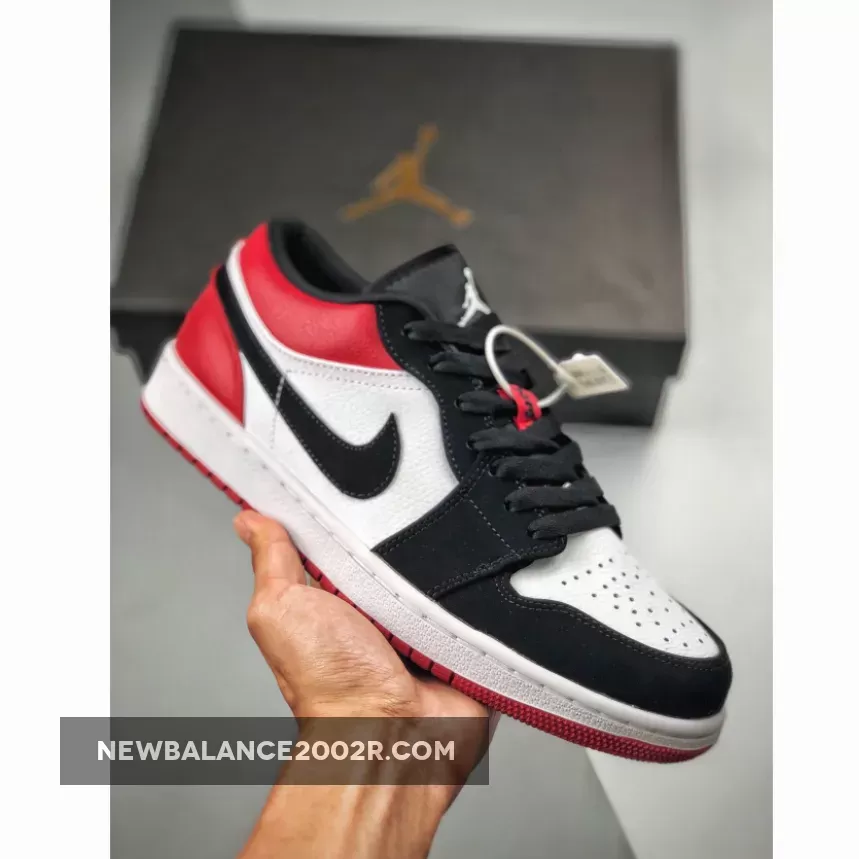The Air Jordan 1. A name synonymous with sneakerhead obsession, cultural impact, and, frustratingly, near-mythical scarcity. Why is it that some colorways of this iconic silhouette are practically impossible to obtain, while others seem readily available? The simple answer – “high demand, low supply” – only scratches the surface of a complex equation involving manufacturing limitations, strategic marketing, resale market dynamics, and the powerful influence of hype culture. Let’s delve deeper into the factors contributing to the elusive nature of certain Jordan 1 releases, specifically focusing on the highly sought-after black and red variations.
The Manufacturing Maze: A Limited Production Puzzle
The production of a seemingly simple sneaker like the Air Jordan 1 involves a surprisingly intricate process. It’s not just about stitching leather together; it’s about sourcing high-quality materials, ensuring consistent craftsmanship, and navigating complex global supply chains. Nike, the manufacturer of Air Jordans, prioritizes quality control, which inherently limits the speed and scale of production. This meticulous approach, while guaranteeing a premium product, directly contributes to the limited quantities released to the market. Each pair undergoes numerous steps, from cutting and stitching the leather to assembling the midsole and outsole, a process that demands time, skilled labor, and specialized machinery. The more complex the design – think intricate color blocking or premium materials like satin – the longer and more resource-intensive the production becomes. This inherent limitation in manufacturing capacity creates a natural bottleneck, leaving many aspiring owners disappointed.
The Marketing Masterstroke: Cultivating Desirability Through Scarcity
Nike, a marketing giant, has masterfully cultivated the aura of exclusivity surrounding specific Air Jordan 1 releases. The strategic implementation of limited drops and high-profile collaborations fuels the flames of desire, transforming the shoes from footwear into coveted collector’s items. This controlled scarcity is not accidental; it’s a deliberate strategy designed to amplify demand and inflate the perceived value of the shoes. The use of social media and influencer marketing further amplifies this hype, creating a snowball effect where the desire for a particular pair is almost contagious. The limited-release model generates an air of exclusivity, making obtaining the shoes a challenge that only adds to their allure for many consumers. This meticulously crafted scarcity creates an environment where ownership becomes a status symbol, further fueling the relentless pursuit of these coveted kicks.
The Resale Rollercoaster: A Market Driven by Hype and Speculation
The secondary market for sneakers, particularly highly sought-after Air Jordans, has exploded in recent years. Resellers, both individual and large-scale operations, capitalize on the scarcity and high demand, often purchasing limited releases in bulk to resell at significantly inflated prices. This practice contributes to the perceived scarcity, as genuine buyers struggle to compete with the purchasing power of these resellers. The resale market often dictates the perceived value of a particular Air Jordan 1 colorway, influencing the prices and further perpetuating the cycle of scarcity and high demand. The seemingly insurmountable prices on resale platforms only serve to enhance the status and desirability of these exclusive sneakers.
Specific Examples: The Allure of Black and Red
The enduring popularity of black and red Air Jordan 1s, particularly variations like the “Black Toe” and “Bred” colorways, speaks to a deeper connection with sneaker culture. These color schemes represent a timeless aesthetic, resonating with the classic appeal of the original design. The “Chicago” colorway, with its iconic red, black, and white combination, holds a special place in sneaker history, adding another layer to its desirability. These colorways have become iconic, and their association with Jordan’s legacy fuels the demand. The combination of classic design, cultural significance, and scarcity creates a perfect storm of desirability, leading to an almost frenzied pursuit of these coveted shoes.
Conclusion: More Than Just Shoes
The scarcity of specific Air Jordan 1 colorways, especially those featuring black and red, is a multifaceted issue arising from a combination of production limitations, deliberate marketing strategies, and the powerful influence of the resale market. These sneakers represent more than just footwear; they’re symbols of status, style, and a connection to a rich cultural history. Understanding the factors driving their elusive nature allows for a more nuanced appreciation of the complex dynamics surrounding this iconic sneaker and the passionate community that surrounds it. While the quest for a particular pair might seem daunting, it’s a testament to the enduring legacy of Michael Jordan and the enduring appeal of the Air Jordan 1. The struggle to acquire them only adds to their legendary status.
 Buy From: Air Jordan 1 Low “Black Toe” White Black Gym Red | black toe low
Buy From: Air Jordan 1 Low “Black Toe” White Black Gym Red | black toe low
